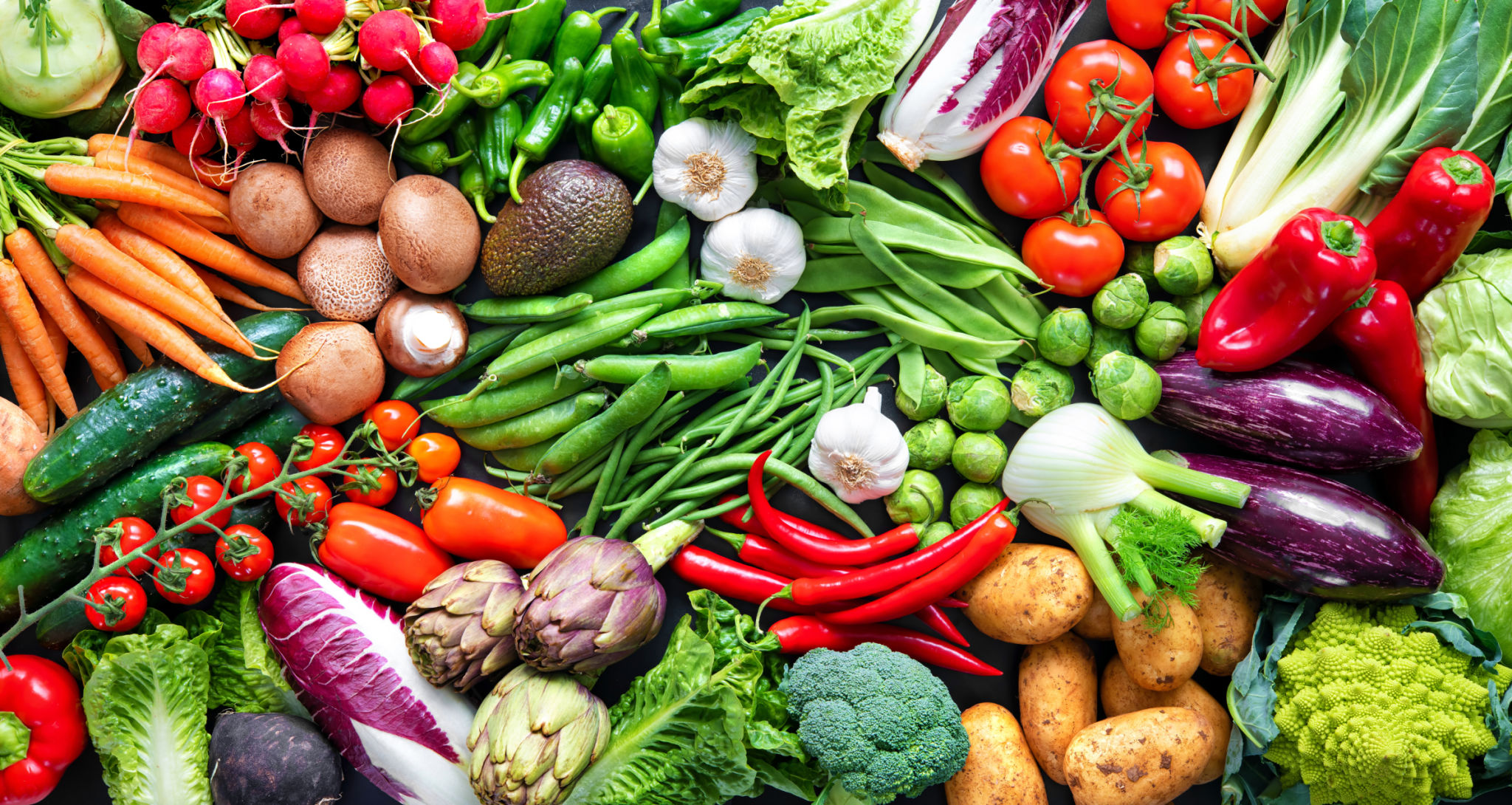Seasonal Meal Planning: Tips for Using Fresh Australian Produce Year-Round
The Joy of Seasonal Eating
Seasonal meal planning is more than just a trend; it's a delicious way to enjoy the bounty of nature. In Australia, we are blessed with a diverse climate that allows us to access a wide range of fresh produce year-round. By focusing on what's in season, you not only get the best flavors but also support local farmers and reduce your carbon footprint.
Embracing seasonal eating means you can savor fruits and vegetables at their peak, both in taste and nutritional value. Whether you're a seasoned chef or someone who loves experimenting in the kitchen, integrating seasonal produce into your meals can elevate your culinary experience.

Benefits of Seasonal Meal Planning
One of the primary benefits of seasonal meal planning is cost-effectiveness. Produce that is abundant and in season is typically cheaper than out-of-season options. Additionally, seasonal fruits and vegetables often require fewer resources to grow, making them a more sustainable choice.
Beyond economics and sustainability, seasonal produce simply tastes better. A juicy summer mango or crisp winter apple is vastly superior in flavor compared to those shipped from halfway around the world. By aligning your meals with the seasons, you ensure that every bite is bursting with freshness.

Understanding Australian Seasons
Australia's unique climate means that our seasons differ from those in the Northern Hemisphere. Understanding this can help you make the most of what's available each season. For instance:
- Summer (December to February): Think mangoes, cherries, peaches, and tomatoes.
- Autumn (March to May): Time for apples, figs, pears, and sweet potatoes.
- Winter (June to August): Enjoy citrus fruits like oranges and lemons, along with hearty vegetables like broccoli and carrots.
- Spring (September to November): Indulge in strawberries, asparagus, and avocados.
Tips for Incorporating Seasonal Produce
To make the most of seasonal produce, start by visiting local farmers' markets. Here, you'll find fresh produce directly from growers, often at lower prices than supermarkets. Engage with farmers and ask for tips on selecting and storing produce.
Experimentation is key to enjoying seasonal meal planning. Try incorporating one new seasonal ingredient into your meals each week. This not only adds variety but also challenges you to expand your cooking skills. Additionally, consider preserving or freezing seasonal fruits and vegetables to enjoy them beyond their peak season.

Creating a Seasonal Meal Plan
When creating a seasonal meal plan, think about the versatility of ingredients. Many fruits and vegetables can be used in multiple dishes, from salads to desserts. For example, zucchini can be grilled, baked into bread, or spiralized into noodles.
An effective way to plan is by using a rotating menu that changes with the seasons. This approach keeps your meals exciting and reduces decision fatigue. Begin by listing your favorite seasonal ingredients and brainstorming recipes that highlight them.
Conclusion
Seasonal meal planning is a rewarding approach that benefits both your health and the environment. By focusing on fresh Australian produce, you not only enjoy superior flavors but also support local agriculture. Embrace the changing seasons and let nature guide your culinary adventures for a delicious year-round dining experience.
